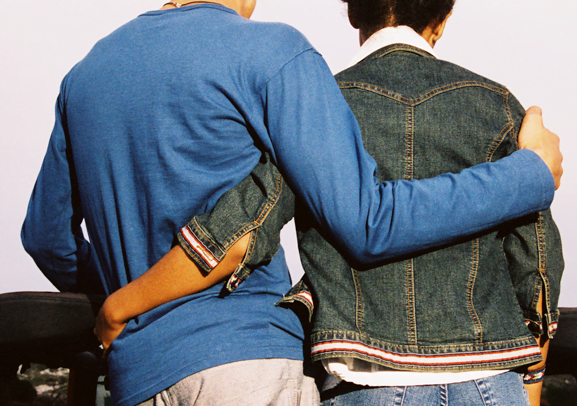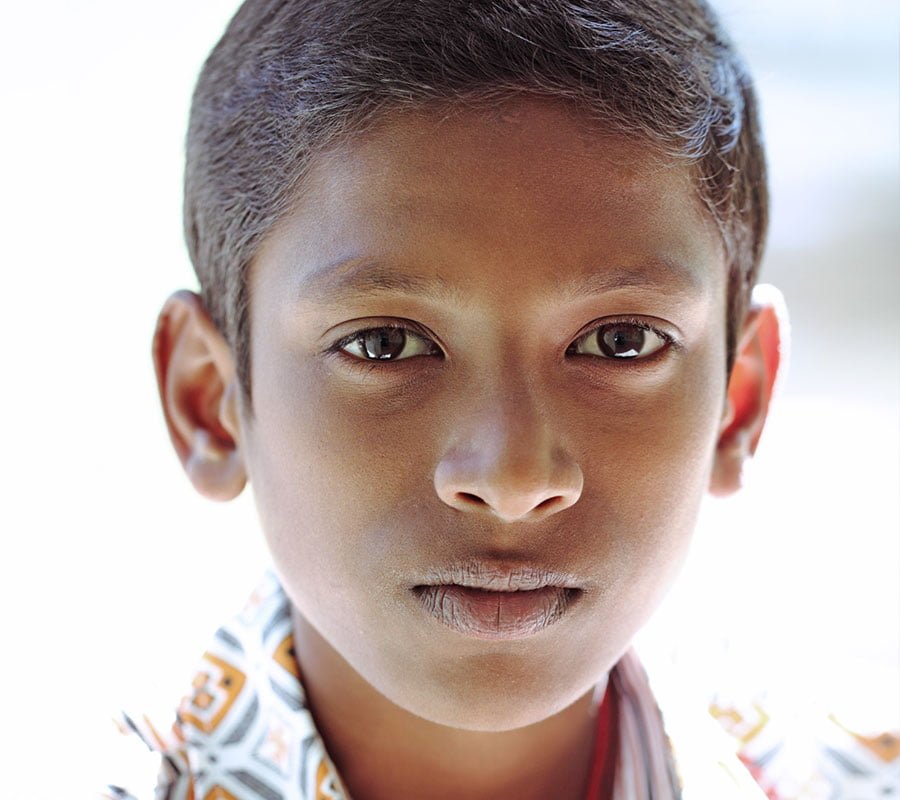Healthy Boundaries
Children and youth who understand healthy boundaries are more likely to develop skills for self-control and individual responsibility. This in turn will help them show respect for others and develop personal safety rules. Everyone deserves respect and to feel safe.

Talking about boundaries can include:
- Understanding the difference between public and private, including spaces, behaviors and topics of discussion.
- Personal space and touch; “okay” touch and “not okay” touch.
- The concept that “my body is private” and only certain people can touch my body, for certain things (e.g., visiting the doctor, or assistance in the washroom).
- What to do and who to tell when touching is not appropriate.
Public and Private
The terms public and private are often misunderstood when boundaries are discussed. It is easy for people to blur the lines when they share information and personal details. Something that is public can usually be shared with other people (e.g., the public library or the swimming pool). Private means not for sharing, such as keeping personal details private or private body parts covered.
Is it public or private?
Body and Personal Space
PUBLIC
- Shaking hands, high five, or fist bump
- Touching someone on the arm
- Hugging people who are identified as safe people to hug (e.g., family)
PRIVATE
PRIVATE
Parts of body covered by underwear/bathing suit should be covered in public places
The mouth
No one can touch your body without your permission
You do not show your private body to anyone who does not want to see it
You do not ask to look at others’ private body parts
Spaces/Rooms
PUBLIC
- Public washrooms including school, library, mall, or rec centre
- Shared bedrooms
- Family room, kitchen, or basement rooms
PRIVATE
PRIVATE
Bathroom at home with the door closed
Private bathroom stall in public washrooms
Bedroom at home with the door closed
Behaviours/ Activities
PUBLIC
- Hugging
- Touch for sports and games (e.g., tag, dance, or pushing each other on the swings)
PRIVATE
PRIVATE
Masturbation
Taking clothes off
Using the washroom (unless personal care help is needed)
Information Sharing/ Topics of Conversation
PUBLIC
- Address, telephone number, email address when permission is given by family to share for business reasons (e.g., at the doctor’s office)
PRIVATE
PRIVATE
Computer passwords and pin numbers
Private family information
Personal body information (e.g., sharing information about menstrual period)
Touch and Personal Space
Touch and personal space are very personal. Some people enjoy hugs and touch, others shy away. Some children and youth with disabilities have particular sensory needs that make it very hard for them to interact with others either because certain touch irritates them or they are overly affectionate with touch. Learning who is appropriate to touch is a very important lesson and will be different for family versus providers.
Children may spend lots of time with their teachers and support staff but there are boundaries about touch (e.g., full body hugs are not OK but a side hug is). Different families and providers have different rules about touch and personal space. These rules should be in place to avoid any confusion and to help everyone feel safe.
If a child is overly affectionate, and they touch others in a way that makes others feel uncomfortable, other methods of communication and ways to meet that sensory need should be considered. Completely taking all touch away could result in them acting out and showing aggression or completely withdrawing. Parents and providers can work together to share examples of what works for the child as this will help with consistency.
For more detailed examples of how to teach skills for healthy boundaries, see lesson plans on Teaching Sexual Health.
Staying Safe Key Message
When a child or youth is touched in a way that is not safe, is hurtful, or makes them feel scared, there are skills they can use to stop the touch and ask an adult for help. Sometimes it is easy to tell if something does not feel right. Talk about how our body can give us signals (e.g., crying, hands sweating, nervous tummy, trembling with fear). When we listen to these signals we can do something about them.
When touch is inappropriate or unsafe, teach these rules:
- Your body is yours, your body is private.
- No-one should ask to look at your private parts, ask you to look at their private parts, or show you photos of private parts (e.g., on a computer).
- Secrets about touching should never be kept; someone may try to bribe, trick, force or embarrass you into touching. This is never OK.
- Say NO, STOP or I DON’T LIKE THAT either in a loud voice or with body language (e.g., put hands up in front as if to send someone away). Practice this often and find a way for the child or youth to say or show no.
- Move away from the situation (e.g., if someone is pushing in the hallway, move away).
- Tell an adult you trust and keep on telling until an adult asks how they can help. Talk about who the child or youth can trust as a safe adult.
Masturbation
The topic of masturbation can be embarrassing to talk about, but setting rules and dealing with concerns is very important. Masturbation in public or in front of someone without their permission is against the law and can also place children and youth in a vulnerable position. Unfortunately sexual predators may target someone who shows sexual behaviours or interest in sexual behaviours in public.
For some families, masturbation is very offensive and is not talked about. This can make it very difficult when a child shows the behavior outside of the home as the family may not want to work with teachers and support workers to improve the situation.
Some things to talk about when discussing masturbation include:
- Masturbation is when someone touches their private parts to make them feel good.
- Masturbation is normal. Some people choose to do it and others choose not to.
- Masturbation is not harmful unless it interferes with being involved with daily activities (e.g., youth misses school to stay home to masturbate).
- Masturbation is OK if it is done in private (e.g., alone in the bathroom or bedroom at home with the door closed). Be sure to identify the private places at home. Teach that even when alone in the family room, that space is not private.
- It may help to set some guidelines about how to clean up after.
Protecting children and youth
Everyone has the right to be touched in a safe and respectful way. Adults have a responsibility to keep children safe.
If you are ever concerned that a child or youth is being touched inappropriately (any type of touch that is not healthy and oversteps boundaries) it’s important to stay calm.
- If a child tells you something has happened, praise them for telling you and let them know that you believe them. Explain that you’re sorry this has happened and that you will help them with the problem.
- Ensure the child is safe and seek medical attention if necessary.
- Sexual abuse and assault is against the law. Call your local children’s services office to report.


